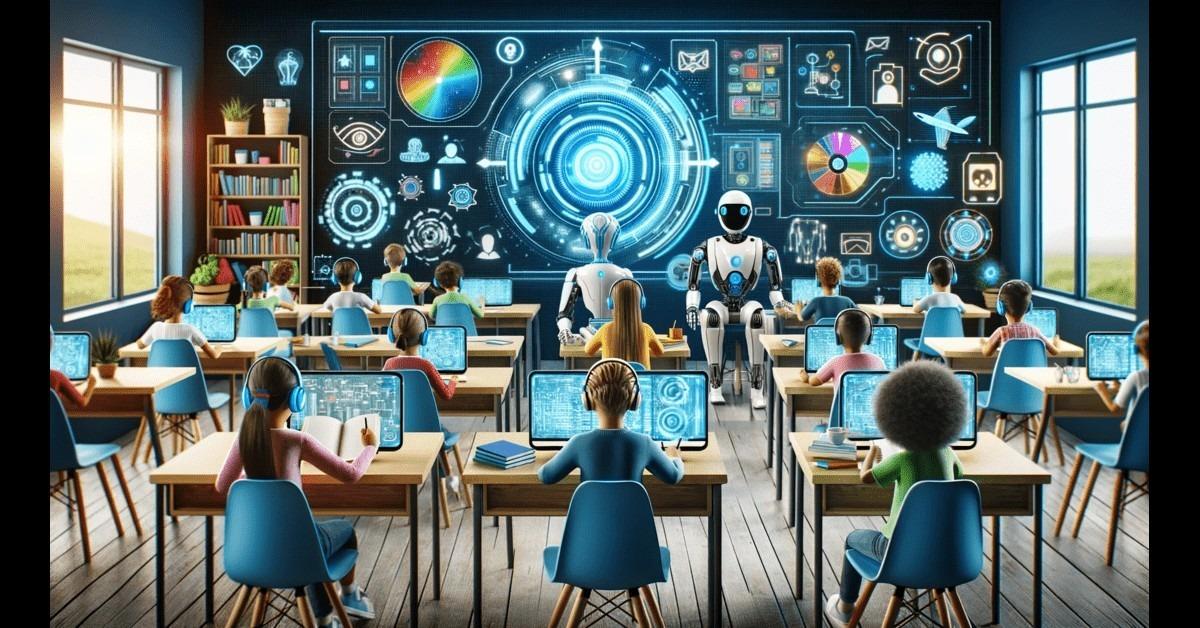EdTech Meets Environmental Education: Innovative Approaches at the Intersection of Technology and Sustainability
In the ever-evolving landscape of education, the fusion of EdTech (Educational Technology) and environmental education represents one of the most promising developments of the twenty-first century. As the world faces pressing ecological challenges—from climate change and pollution to biodiversity loss—educators are leveraging cutting-edge technologies to empower learners, cultivate eco-consciousness, and inspire real-world change. This article explores how EdTech is revolutionizing environmental education, highlighting innovative approaches, transformative benefits, and practical examples at the vibrant intersection of technology and sustainability.
The Intersection of EdTech and Environmental Education
EdTech refers to the use of technological tools and platforms to enhance learning experiences. Environmental education, on the other hand, equips individuals with knowledge, skills, and values needed to address environmental challenges. The integration of EdTech into environmental education opens new possibilities, making learning more dynamic, interactive, and impactful.
- Interactive Learning: Digital simulations, virtual reality (VR), and augmented reality (AR) create immersive experiences, helping students grasp complex environmental concepts and systems.
- Global Collaboration: Online platforms connect learners worldwide, fostering cross-cultural discussions about sustainability.
- Data-Driven Insights: Educational apps and IoT devices enable real-time monitoring of ecological data, bridging theory with hands-on conservation practices.
Innovative Approaches at the EdTech and Sustainability Crossroads
1.Gamification for Environmental Awareness
Gamified learning platforms like Earth Hero and Green Learners use game mechanics to engage students in eco-amiable challenges and quizzes. These platforms inspire behavioral change by rewarding lasting actions with points, badges, and leaderboards.
2. Virtual Reality (VR) Eco-Tours
VR field trips bring endangered ecosystems, rainforests, and coral reefs into the classroom, allowing students to experience environmental issues firsthand.Platforms like Google Expeditions and custom 360-degree tours deepen empathy for threatened habitats and species.
3. Interactive Simulations and Modeling
Tools such as SIM ENERGY and PhET Simulations let learners experiment with variables affecting climate change, pollution, and resource depletion.Students can see the impact of their choices,reinforcing systems thinking and problem-solving skills.
4. Mobile Apps for Citizen Science
Citizen science apps like iNaturalist and Earth Challenge 2020 empower students to contribute data on biodiversity, pollution, and climate from their local environments. This real-world involvement boosts engagement and scientific literacy.
5. Data Visualization & Big Data Platforms
Visualization tools such as Google Earth Engine and Tableau help students analyze and interpret environmental data. By recognizing trends in climate patterns, deforestation, and energy use, learners develop data literacy crucial for tomorrow’s sustainability leaders.
Benefits of Integrating EdTech with Environmental Education
- Accessibility: Digital resources make high-quality environmental education available to learners in remote or underserved areas.
- Engagement: Interactive platforms and gamification substantially boost student motivation and participation.
- Customization: Adaptive learning tools cater to individual students’ needs, fostering personalized understanding of sustainability issues.
- real-World Request: Technology enables authentic, project-based learning rooted in students’ own communities and ecosystems.
- Scalability: Online courses and open educational resources (OER) can reach thousands, if not millions, with a single implementation.
Case Studies: EdTech Empowering Environmental Stewardship
Case Study 1: Minecraft Education Edition—Building Green Futures
Minecraft Education Edition introduces students to sustainable architecture, recycling, and renewable energy by letting them design eco-cities and model sustainable systems within the digital world. several schools report increased environmental awareness and career interests in green industries among their students.
Case Study 2: NatureTracker AR—Augmented Reality for Urban Wildlife
NatureTracker, an augmented reality app, overlays information about local birds, insects, and trees using students’ smartphones. This enhances fieldwork and makes urban biodiversity accessible and exciting,even for city-dwelling learners.
Case Study 3: Project Drawdown Online Curriculum
The Project Drawdown online curriculum leverages video lessons, webinars, and interactive assignments to teach climate solutions. Through this digital model, the programme has reached hundreds of schools and thousands of learners worldwide.
Practical Tips: Implementing EdTech for Sustainability in Your Learning Environment
- Start Small: Introduce one new digital tool or app at a time,ensuring it aligns with your sustainability learning objectives.
- Encourage Real-World projects: Combine online learning with outdoor fieldwork or community action for maximum impact.
- Promote Collaboration: Use EdTech platforms that facilitate team-based problem solving and global student exchanges.
- Ensure Accessibility: Select platforms designed for inclusivity, with multilingual and adaptive features whenever possible.
- Stay Informed: Participate in webinars, MOOCs, and professional learning networks dedicated to EdTech innovation in environmental education.
Future Trends: Where is EdTech and Environmental Education Headed?
As AI, machine learning, and IoT devices become increasingly integrated into education, expect even more personalized and interactive experiences focused on sustainability. eco-focused metaverse spaces, smart classrooms monitoring energy and water use, and blockchain for environmental data integrity are on the horizon. Lifelong learning platforms will connect environmental education to professional progress in green jobs, aligning with the global push for a sustainable future.
Conclusion: Fostering Eco-Literacy Through EdTech Innovation
The marriage of EdTech and environmental education represents a transformative opportunity for educators, students, and communities alike. By leveraging technology to deepen understanding, foster collaboration, and inspire action, we can equip a new generation with the tools needed to address our planet’s greatest challenges. weather you’re a teacher seeking new resources, a student hungry for meaningful learning, or an edtech innovator, now is the time to harness technology for a greener, more sustainable world.
Explore, experiment, and empower—because the future of sustainability starts in today’s digital classrooms.

